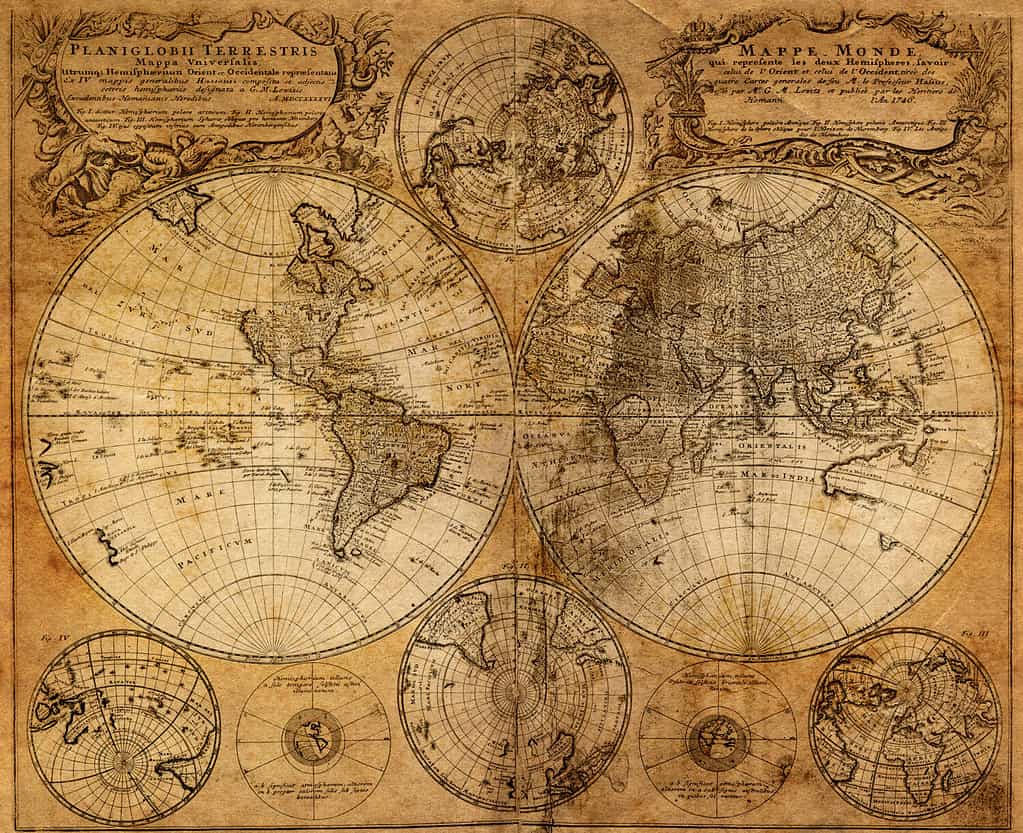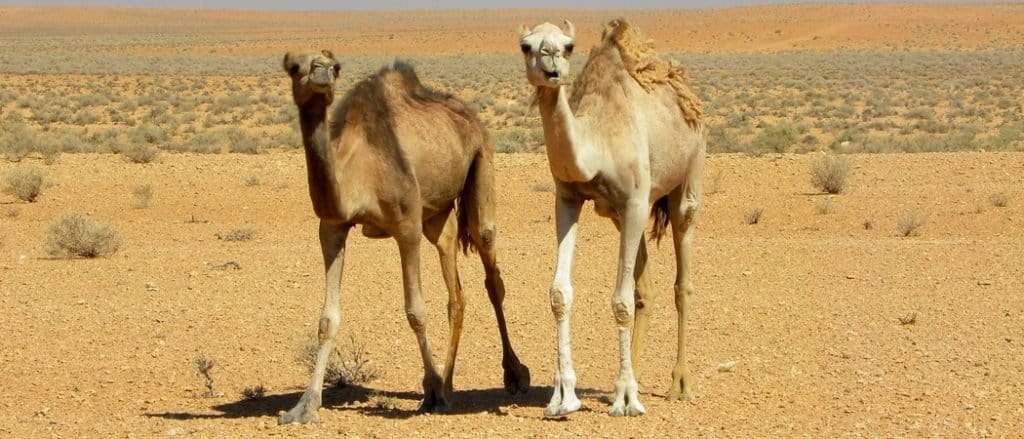Old World is a common reference for Europe, Asia, and Africa—essentially anything east of the Atlantic Ocean when looking from the Americas. The term originates from Amerigo Vespucci, a French explorer who described the newly discovered (at least from the Old World’s point of view) continents of North and South America as the “New World,” not the Asia that Christopher Columbus sought.

Old World is a common reference for Europe, Asia, and Africa—essentially anything east of the Atlantic Ocean when looking from the Americas.
©Triff/Shutterstock.com
Amerigo Vespucci and the Old World
This term originates from Vespucci and comes from a letter he wrote to Lorienzo di Pier in 1503. As a common frame of reference, sayings and events go “viral” today, and that was the case in the 15th and 16th centuries as well. With Vespucci coining the term, New World, the Old World term became a necessary comparison term.
Amerigo Vespucci’s description of the New World spread from his letter like wildfire and, soon enough, it was as common a reference as the “Founding Fathers” is to Americans today. When Vespucci wrote his letter, Christopher Columbus was operating under the assumption that he had discovered the eastern edge of Asia.
The reality is, the two terms are misnomers since the Americas have existed for roughly the same amount of time as Europe, Asia, and Africa. There are theories about a potential Pangea, that existed at one point. However, even if that theory is true, the landmasses known as North and South America were a part of it.
Species

Old World is a larger description of
Afrotropic
and
Palearctic
.
©Federica Ravettino/Shutterstock.com
The terms New World and Old World are not just references to geography and history. The two terms are also used when describing animal species. They are interchangeable with words that have a purer context, in terms of species. New World is a larger description of Neotropic, and Nearctic, while Old World is a larger description of Afrotropic and Palearctic.
Neotropic and Nearctic
The Nearctic realm is the northern hemisphere, including the United States, Canada, Greenland, and Iceland. Any animal species native to those areas or new species discovered in those areas are labeled, Nearctic. Both Nearctic and Neotropic encompass the New World.
Neotropic animals include any living organisms native to or discovered in Mexico, all of the islands south of the Florida peninsula, and South America. Just as Nearctic does not include the Arctic Circle, Neotropic does not include Antarctica.
Afrotropic and Palearctic
These are a little harder to define because the Palearctic and Afrotropic zones cover portions of the same continents or countries. The Afrotropic side includes everything south of Morocco and Algeria, along with the southern half of Saudi Arabia. On the eastern side, it includes everything south of Iran, Tibet, Pakistan, and Mongolia, while taking up the southern portion of China.
The Palearctic is everything north of the above-defined boundary. Like their Neotropic and Nearctic counterparts, the Afrotropic and Palearctic halves do not include Antarctica or the Arctic Circle. Though there are animals in both of the poles, they don’t fall under the umbrella terms of either.
Palearctic and Afrotropic encompass the Old World.
Agriculture

Wheat
,
lentils
, and
oats
are from the Old World.
©iStock.com/IakovKalinin
The terms don’t just apply to geographic locations and animal species. They’re also used in agricultural language as well. These terms apply to a variety of crops, depending on their historical origins.
For instance, tobacco, cashews, and cocoa are distinctly New World, while wheat, lentils, and oats are from the Old World. Rubber is a New World product, while sheep and goats are Old World. Some crops bridge the gap between the two, with no consensus to determine which they came from. Cotton is one such crop. The assumption is that dogs came from both as well.
Why Use This Terminology?
Mostly because Amerigo Vespucci wrote the term, “New World.” Because of his letter, forced a necessary Old World description to compare with the New World. Although the history of both are the same age, the human history in both is vastly different.
The Old World was more technologically advanced at the time of Christopher Columbus and Amerigo Vespucci, even at the time of Lief Erikson. A huge part of that was agriculture. Those living in the Old World were able to harness agriculture in a way that the natives in the Americas never pursued.
So, not only is the old separate from the new, thanks to a clever Amerigo Vespucci assumption, but it’s also separate in terms of technological advancement from a historical standpoint.



